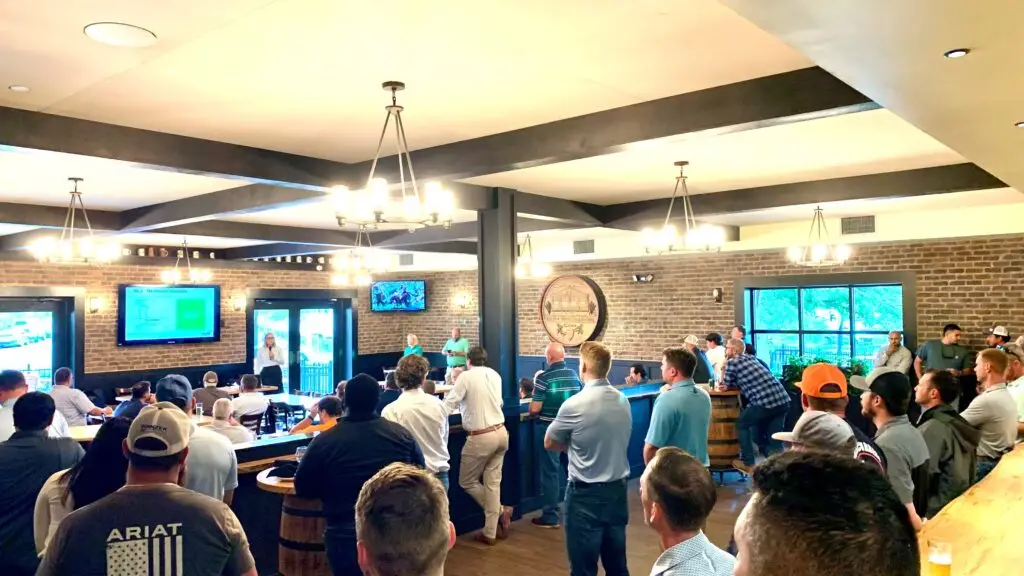The construction cycle
Construction tends to move in cycles that follow a fairly predictable order. Housing usually comes first, often leading both recoveries and downturns. As population grows, retail and commercial projects follow, reflecting increased consumer spending. Offices and industrial buildings come later, responding to job growth and corporate investment. Public projects, such as roads and schools, often act as a stabilizing counterbalance, since they can increase when private investment slows.
Regional highlights
Trends vary from city to city, but a few stand out.
- Atlanta continues to expand broadly, with major infrastructure projects and housing that remains robust despite a slight slowdown.
- Myrtle Beach is driven by housing and tourism, where new homes and hotels continue to be built at a steady pace.
- Raleigh benefits from tech growth and in-migration, fueling both residential construction and investment in institutions and labs. Infrastructure is expanding quickly to keep up with growth.
While the drivers differ, these markets all reflect the broader dynamics shaping the Southeast: steady population growth, strong public investment, and increasing demands for sustainable solutions.

Key trends
Some challenges mirror those in Europe. Housing has slowed nationally, while public investment in infrastructure and education remains strong. Sustainability is no longer optional, with customers asking about carbon footprints, optimized mixes, and circular solutions.
Looking ahead
Even as markets rise and fall, certain needs remain constant: quality, reliability, and sustainability. By combining our strong local presence in the U.S. with knowledge-sharing across the Thomas Concrete Group, we can support projects that meet today’s demands – and help shape the construction market of tomorrow.



